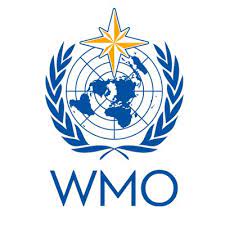GHG bulletin : World Meteorological Organisation

The World Meteorological Organisation (WMO) reported that greenhouse gas (GHG) concentrations in the Earth’s atmosphere reached record levels in 2022, primarily driven by the use of fossil fuels.
Key Findings:
- Carbon dioxide (CO2) levels, the most significant GHG, reached 9 parts per million, 50% higher than pre-industrial levels.
- The last time CO2 levels were at this point was 3-5 million years ago.
- Methane and nitrous oxide concentrations also rose in 2022, with nitrous oxide experiencing the highest year-on-year increase.
- The WMO emphasized the urgent need to reduce fossil fuel consumption and highlighted the importance of improving GHG monitoring to better understand and address environmental challenges.
- Greenhouse gases (GHGs) are gases in the Earth’s atmosphere that trap heat. They contribute to the greenhouse effect, which is essential for maintaining the planet’s temperature within a range suitable for life.
- However, human activities, particularly the burning of fossil fuels and deforestation, have significantly increased the concentrations of these gases, leading to an enhanced greenhouse effect and global warming.
- The major greenhouse gases include:
- Carbon Dioxide (CO2), Methane (CH4), Nitrous Oxide (N2O), Water Vapor, Ozone (O3), Chlorofluorocarbons (CFCs)




